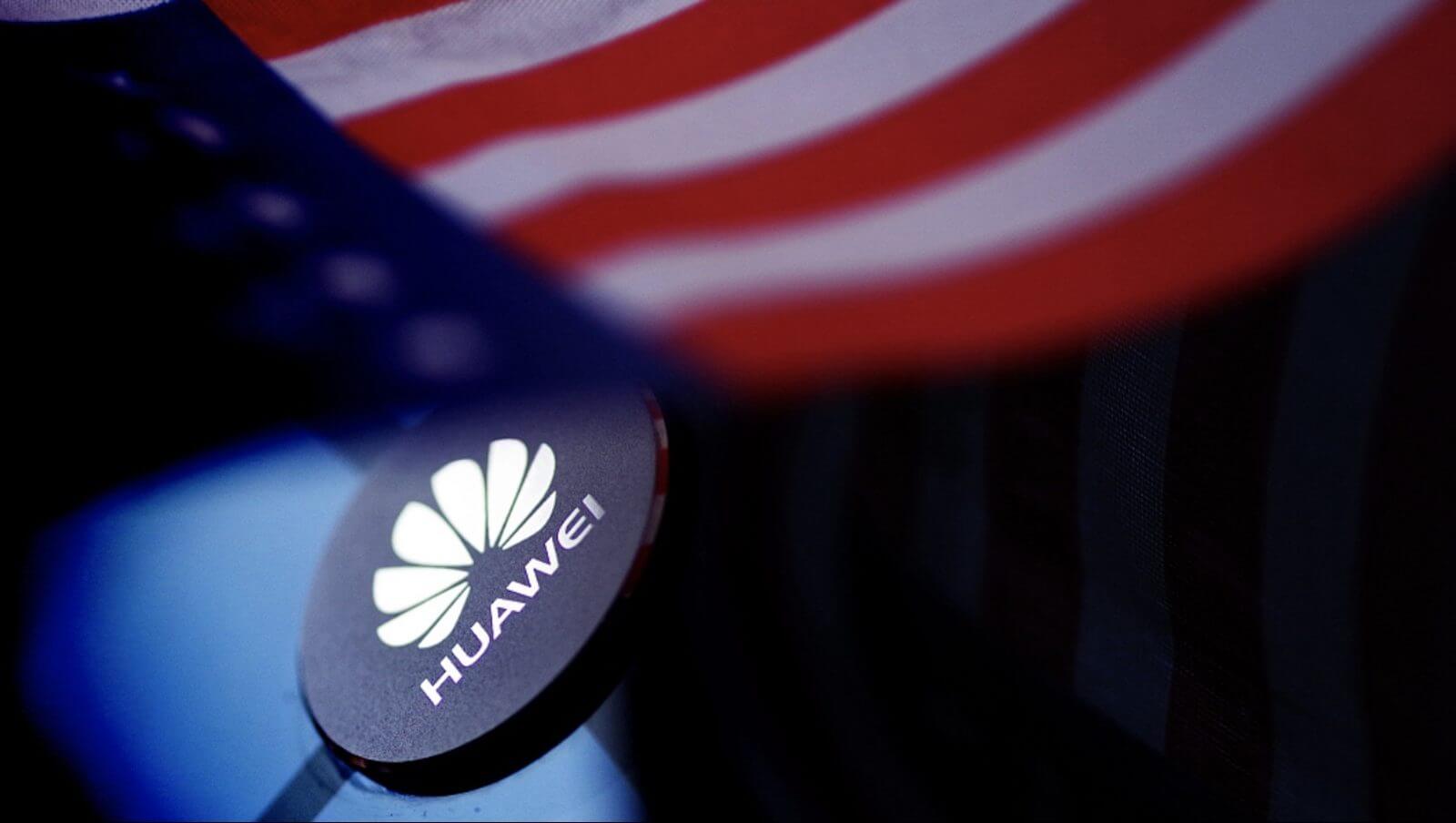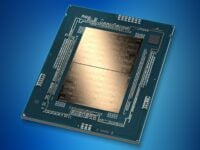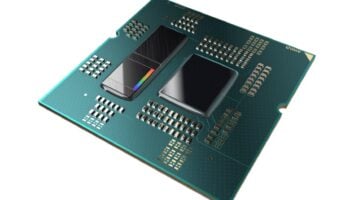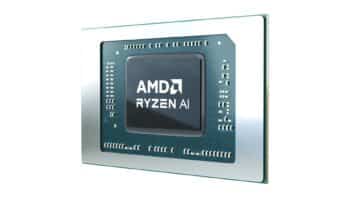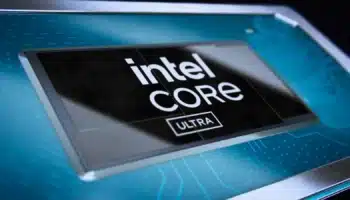Jingjiaewei, a Chinese GPU maker has announced that the company’s next-generation of graphics cards have been successfully taped out (read: design has been finalized). This will be the third generation of graphics chips from Jingjiawei, following the first-gen JM5400 back in 2016-17 and the second-gen JM7200 in August 2018. The latter has been widely adopted by domestic customers for general purpose compute and other standard graphics workloads.
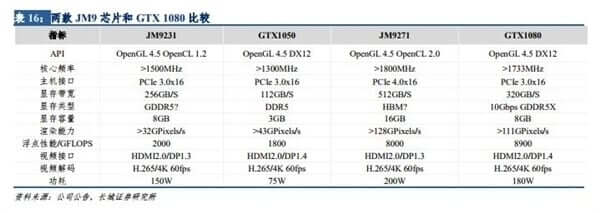
The latest flagship SKU is the JM9271, aiming for GTX 1080-level performance with comparable power draw and advanced process technology. The Chinese chipmaker is basically looking to achieve 2017-level performance by next year using homemade IP and technology.
The JM92 series will feature two products, namely the JM9231 and the JM9271. The former will target the performance levels of the GeForce GTX 1050 (one of the most popular GPUs ever made), while the latter will try to one-up the Pascal flagship, the GTX 1080. Quite impressive for a no-name Chinese brand (if it comes to fruition, that is).
The JM9231 will have a rated performance of 2,000 GFLOPs or 2 TFLOPs, and a pixel fillrate of 32GPixels/s. It’ll feature 8GB of GDDR5 memory and a core clock exceeding 1.5GHz. The GPU will have a TDP of 150W, twice as much as the GTX 1050 (but comparable performance). The JM9271, on the other hand, will have an FP32 throughput of 8 TFLOPs and a pixel fillrate of over 222GPixels/s, roughly the same as the GTX 1080. Unlike its lower-end sibling, the 9271 is quite power efficient thanks to the use of 16GB HBM 2 memory, resulting in a memory bandwidth of 512GB/s. It has an operating clock of 1.8GHz and a TDP of 200W, just 20W more than the 1080. Both GPUs will leverage OpenCL 4.5 and OpenCL 2.0 with support for HDMI 2.0 and Display Port 1.3.
While the 231 will be limited to PCIe 3.0 x16, the 271 will use the newer PCIe Gen 4 standard. Both GPUs will support the HEVC codec (H265) and 4K 60 FPS output, although I’m not really sure how well either will work in the end. At the moment, there’s no word on the mass production or even the risk production of the GPUs, so basically, they only exist on paper. Jingjiawei would want to leverage TSMC’s 7nm node for its future GPUs. However, it’s unclear if US sanctions will actually allow it.
